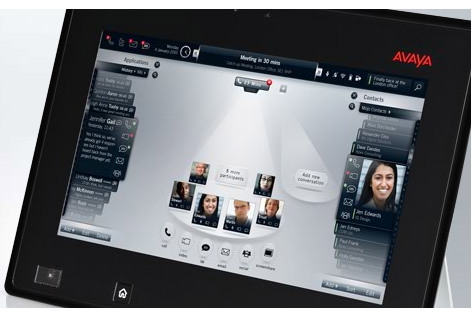 IT Expo held earlier in September 2009 was full of interesting innovations in the communications industry, many of which I have blogged about here. One in particular involved a provocative demonstration of their semiconductor technology that I found most interesting. Octasic’s customers are already building video systems integrating the product, called Vocallo MGW.
IT Expo held earlier in September 2009 was full of interesting innovations in the communications industry, many of which I have blogged about here. One in particular involved a provocative demonstration of their semiconductor technology that I found most interesting. Octasic’s customers are already building video systems integrating the product, called Vocallo MGW.
Octasic is a Montreal Canada company founded in 1998. The company applied its unique echo cancellation technologies to the world’s gateways as the market for VoIP and IP-PSTN gateways exploded in the past decade. Leveraging that success and through engineering talent from the broadcast electronics industry, specific needs for improving the quality of video communications over IP services became apparent and is of particular interest to Octasic Product Manager James Award and video software leader David Bordeleau.
 Modern video communications involves transmission of only those pixels in the current frame that changed from the last frame. Faithful transmission of changes is relatively easy when all the information is present. However, in a lossy environment (the Internet and most IP networks), the receiving end needs to ‘fake it’ when packets are lost.
Modern video communications involves transmission of only those pixels in the current frame that changed from the last frame. Faithful transmission of changes is relatively easy when all the information is present. However, in a lossy environment (the Internet and most IP networks), the receiving end needs to ‘fake it’ when packets are lost.
And, how the electronics of the endpoint or of the video conferencing bridge accommodate that packet loss and compensates for it are all the concern in our little animated gif on the right. The three techniques are:
- color replacement where a gray color fills in for the missing data.
- replace with previous frame creating a kind of stutter effect or distorted image.
- motion-compensated previous frame which determines how certain visual cues such as boundaries of colors have moved in the previous 2 frames and predicts where that boundary may have gone in the missing part of the image.
As shown in the animation, the motion-compensated previous frame is the most natural of the three corrections for missing data. The visual impact of this method was even more impressive in contrast with the other components of the demonstration where the camera panned a brick wall and a toy train moved across the shot.
Not meant for endpoint implementations, but in bridges / MCUs, the new Octasic video technology incorporates two other important advances that will simplify the network impact of video communications and improve the user experience. These other technologies are a bit rate controller that facilitates the optimal presentation of dis-similar end point equipment, and screen-size compensation software.
Oftentimes business video communications needs to enable the effective interaction with users on PC web cameras and users in highly engineered telepresence suites. Balancing the bandwidth between these two extremes of the range of end point possibilities is simplified and optimized using the bit rate controller of the Octasic solution.
Compensating for the diverse range of screen-sizes commonly found in video phones of different vendors, different models and even different vintages is an effective feature for video network infrastructure that users will no doubt, quickly take for granted. Leaving it to the end point to negotiate in session initialization may not be the most effective or efficient approach, particularly in three-way or n-way conferences where multiple diverse devices and screens will be present. Compensating for screen-size together with features like voice activated switching will move desktop PC video communications and video phone services more rapidly into the mainstream business application.
Octasic is in a strong position to apply their innovations to this burgeoning market space.










